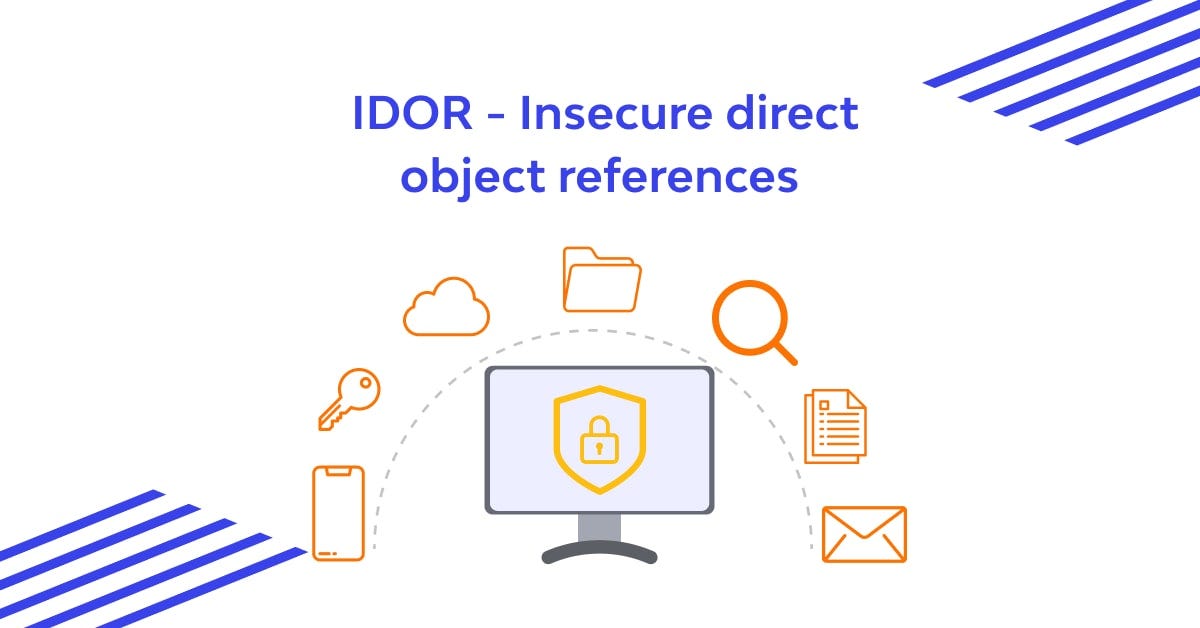BOOK THIS SPACE FOR AD
ARTICLE ADHow to find bugs in web3 application
Bug bounty takes a lot of research. Here is what really matters.
1. Learn about Web3: Understand the basics of Web3, which is the technology behind blockchain-based applications. Get familiar with terms like blockchain, smart contracts, and decentralized applications (dApps).
2. Read the application's documentation: Take a look at the documentation provided for the Web3 application you want to test. This will give you insights into how it works and what security measures are in place.
3. Test the application's security: Use some common techniques to test the security of the Web3 application. Here are a few things you can do:
- Check for input validation: Test if the application properly handles user input. Look for things like injection attacks or data validation issues.
- Examine authentication and authorization: Check how the application handles user login and access control. Look for weak password policies or ways to bypass authorization.
- Look for cross-site scripting (XSS) vulnerabilities: Test if the application is vulnerable to attacks that can inject malicious code into the web pages.
- Test for cross-site request forgery (CSRF): See if the application is susceptible to attacks where malicious websites can perform actions on behalf of users.
- Check access control: Look for any ways to access unauthorized resources or data.
- If the application uses smart contracts, review their code for potential vulnerabilities. Pay attention to issues like reentrancy, integer overflow/underflow, or unauthorized access.
4. Interact with the blockchain components: If possible, interact with the underlying blockchain technology used by the application. This could involve reviewing smart contracts for vulnerabilities or examining interactions with blockchain nodes, wallets, or other decentralized services.
5. Look for privacy and data security: Ensure that the Web3 application handles user data properly and respects privacy. Check for any potential data leaks or insecure data storage practices.
6. Join bug bounty programs: Many Web3 projects offer rewards to security researchers who find and report bugs. Participate in these programs if available and responsibly disclose any bugs you find.
7. Stay updated: Stay informed about the latest security practices and developments in Web3 applications. Keep an eye on security communities, attend conferences, and connect with other researchers to stay updated on emerging vulnerabilities and techniques.
Remember to always get permission to test the application and follow any rules or guidelines provided. Responsible disclosure is important to maintain a collaborative and secure environment.
.png)
 11 months ago
54
11 months ago
54 














 Bengali (Bangladesh) ·
Bengali (Bangladesh) ·  English (United States) ·
English (United States) ·